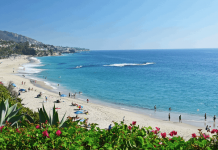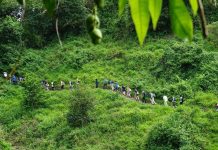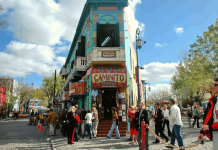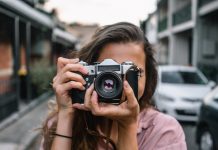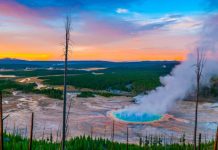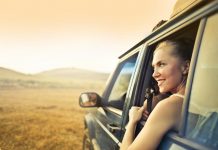Camping involves interaction with the flora and fauna of the wild. People usually see the animals as the main threat to their trip, but some plants can cause harm as well because of their poison.
Some plants contain an immense amount of toxins that can cause adverse effects to the different parts of the body when ingested or touched. Learn about these poisonous plants that campers may encounter when on a trip by knowing what they look like and what effects they can induce.
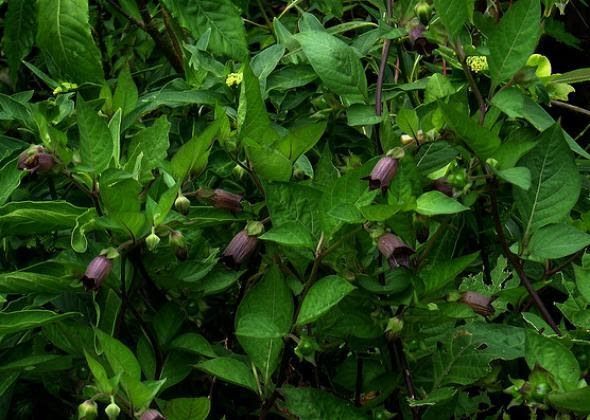
American Pokeweed
American pokeweed is common in Washington, California, New Mexico, Nebraska, and Minnesota. It has regional names such as poke, pokes sallet, pokeberry, and poke salad. It is a succulent plant that grows up to eight feet with a pinkish stem and greenish-white flowers, and a half-wood root.
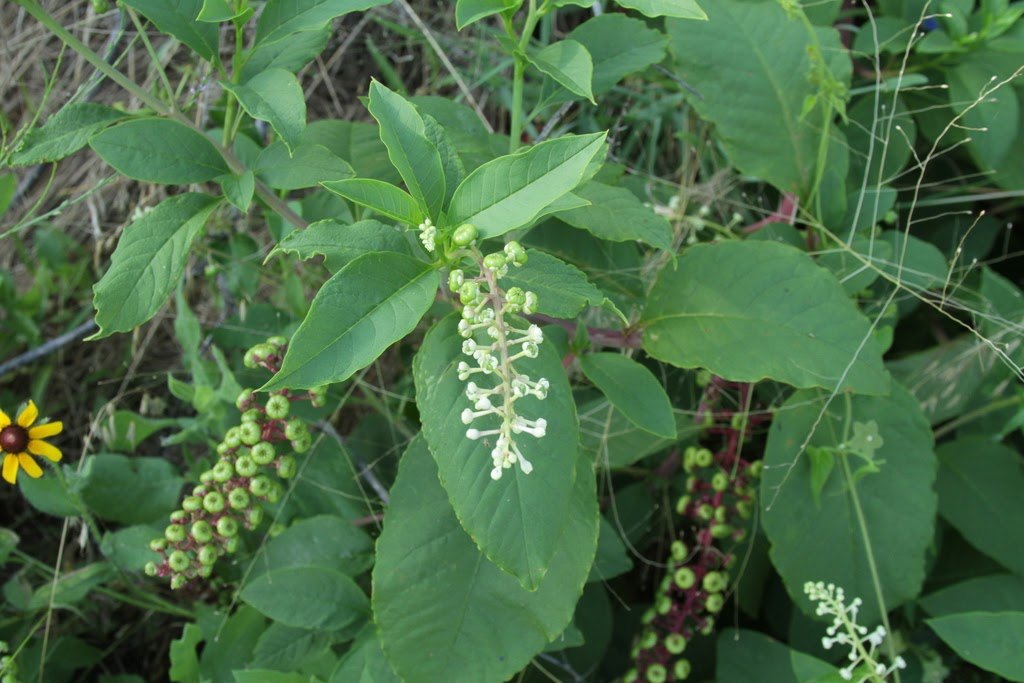
The plant produces purple-black berries with six to 12 seeds and grows only up to an inch. American pokeweed has different effects on humans and animals as the plant is generally poisonous for humans. However, it is food for the birds. But, the stem and young leaves can be edible when properly cooked.
The berries are the poisonous part of American pokeweed, especially its seeds. According to studies, they describe the poison as something violent because it directly affects the central nervous system causing humans seizures, pains, and even death. There are also reports noting that even touching the plant with bare hands is dangerous.
Deadly Nightshade
Among the deadliest plants out there, deadly nightshade is a herbaceous plant that is not native to the United States. It eventually spread throughout the wild forests of the country. From the name itself, the plant can cause death to humans as all parts of deadly nightshade contain the toxins called “tropane alkaloids.”
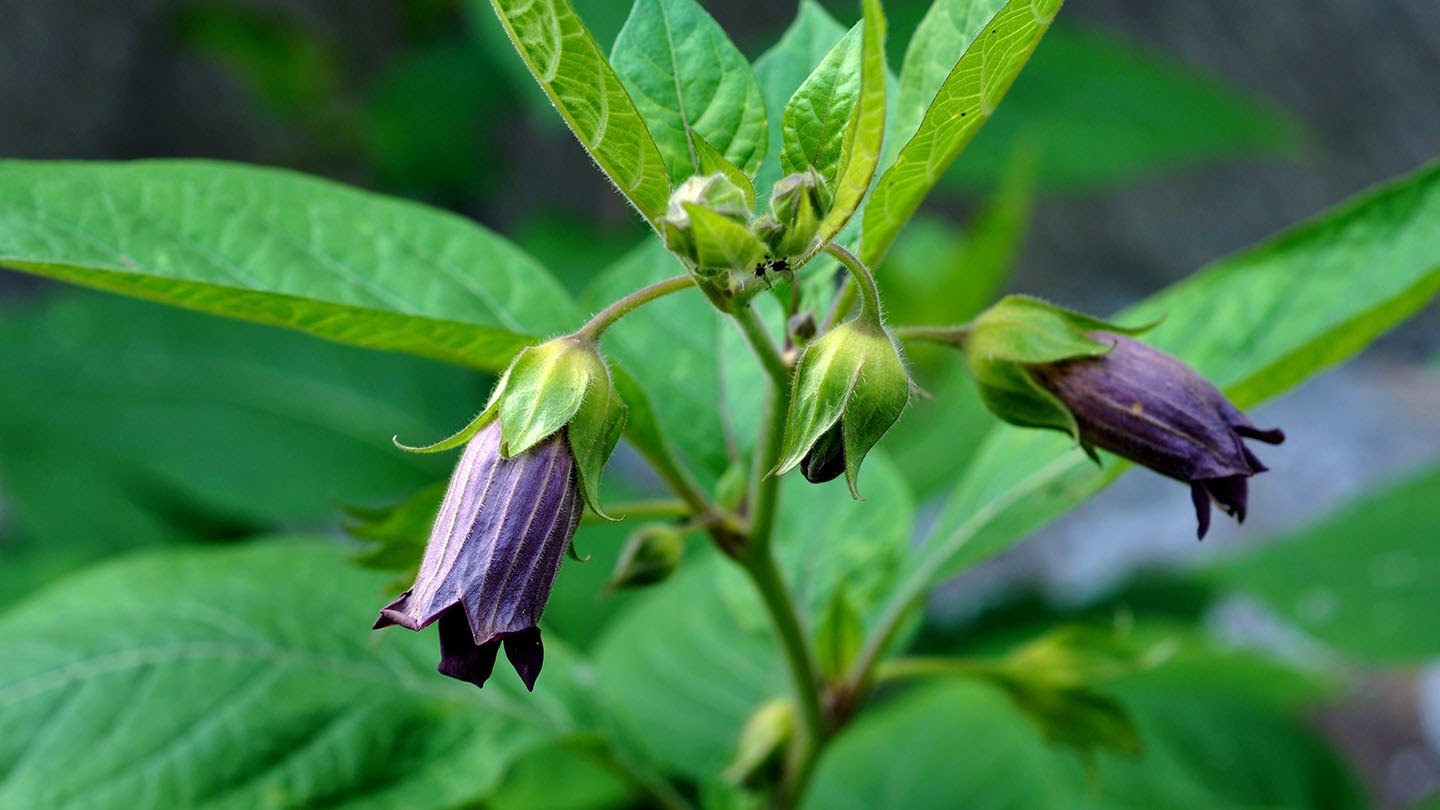
When ingested, deadly nightshade can bring intense hallucinations, delirium, severe headache, loss of balance, blurred vision, and much more. A single leaf or two to five berries is enough to kill an adult because of the amount of toxins in the berries.
Interestingly, this plant that grows up to five feet has several names such as belladonna or “beautiful lady,” devil’s cherries, devil’s herb, naughty man’s cherries, and many more. The spread of the plant across the wild is because of its pollinators, mainly when it blooms from June to September.
Death Camas
Death camas or meadow death camas resemble an onion plant because of its bulb with outer layers. The leaves also look like grass that sprouts in a v-shape. It grows in the wild, farms, and even in backyards because of its several pollinators.
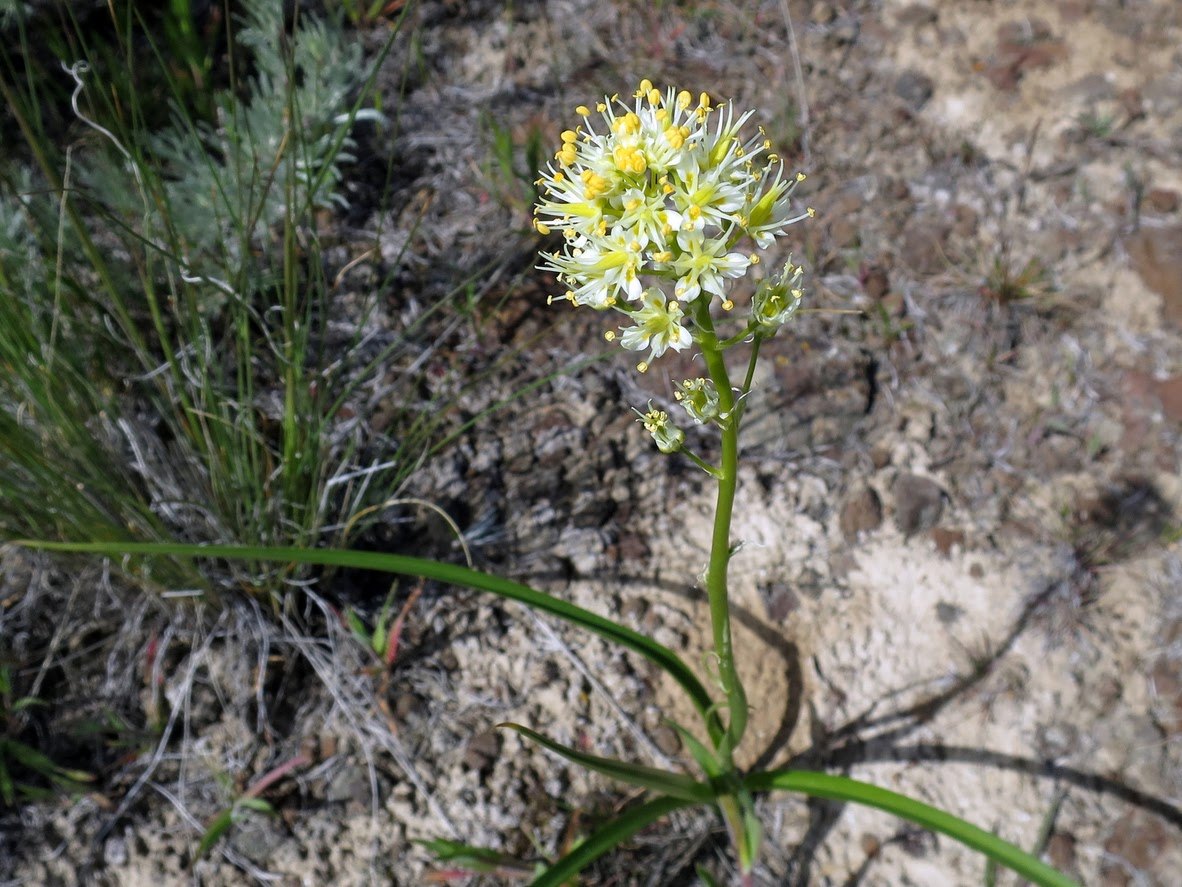
It received its name because it can cause death to humans and animals. There are numerous reports that death camas have killed livestock animals and several humans across the country. The main reason is that they mistook the plant as something edible, like an onion.
All the plant parts are highly poisonous, the consumption and ingestion of the plant are likely to be fatal. The plant only grows up to 70 centimeters and is commonly found in the western part of the United States.
Jimson Weed
More commonly known as “devil’s snare,” Jimson weed is native to North America and has abundant plants in any fertile and calcareous soil. The plant also belongs to the nightshade family that contains highly dangerous toxic alkaloids.
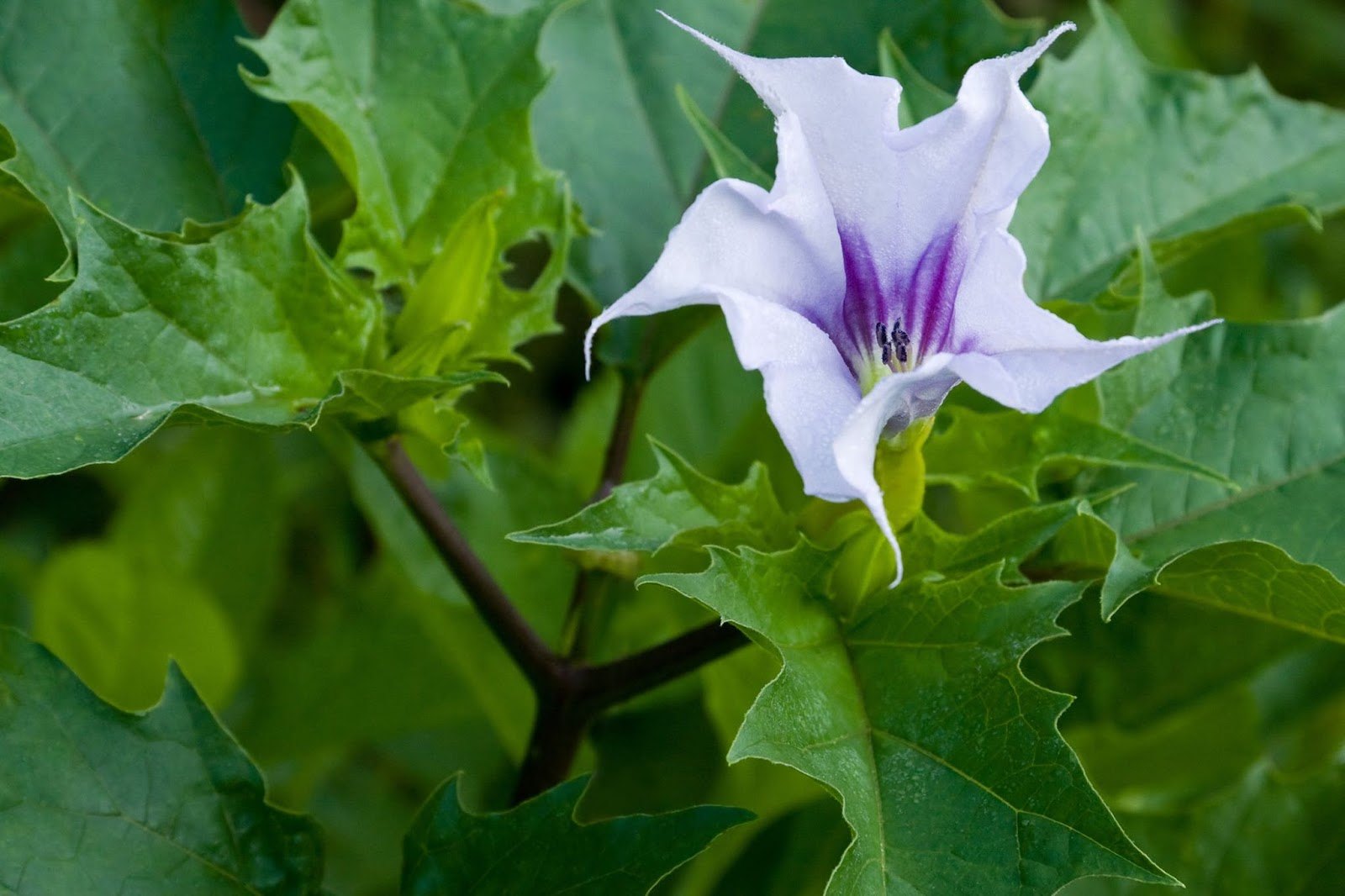
The Jimson weed can induce the following when ingested: rising body temperature, delirium, drying of the mouth, slurred speech, increased heart rate, blurred vision, and many more. The plant also has psychoactive substances, which can affect the metabolism and digestion of anyone.
Intoxication of Jimson weed can last up to 48 hours because of the adverse symptoms. For campers, it is advisable to avoid taking any leaves or flowers from the Jimson weed. So, take precautions when you see a five-foot bush with yellow-greenish stem, irregularly shaped lobe leaves, and trumpet-like flowers.
Foxglove
Foxglove or Digitalis may not have originated in the United States, but the plant grew in numbers because it is also considered an ornamental plant. A large number of foxglove can be found in the wild. This plant has beautiful funnel-shaped flowers that blossom from its single tall spike.
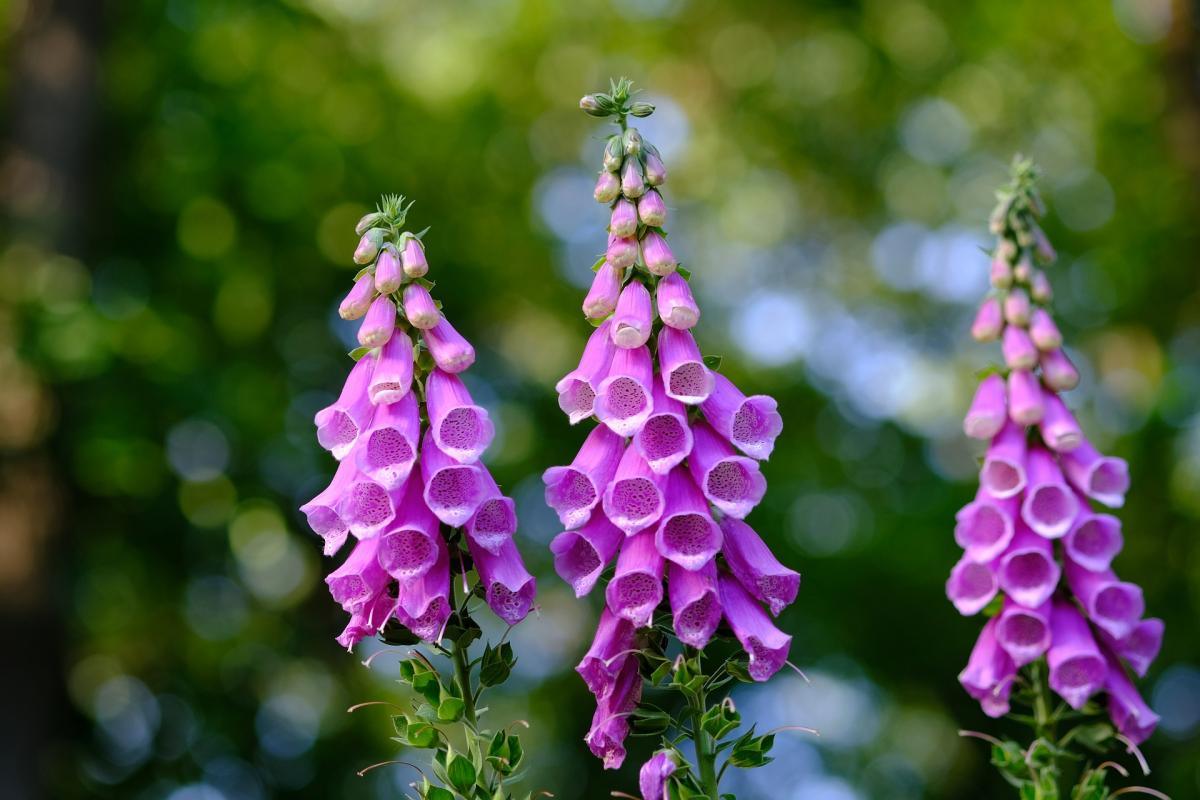
It can be spotted easily in the wild because the flowers face downward and come in various bright colors: purple, pink, white, and sometimes a mixture of those colors. It may have a pleasant appearance, but everything in the foxglove is poisonous, including its flowers, roots, and seeds.
Ingesting foxglove can induce cardiac and digestive problems. Some effects are nausea, vomiting, severe headache, cardiac arrhythmia, or irregular heartbeats, and many more. Mortality on the intoxication of foxglove may be low, but it still has an adverse effect that can cause a threat, especially to children or people with higher risks.
Oleander
Even though it is a native in the United States, oleander increases its numbers in the wild forests of the country. Oleander varies in size as it can grow up to 20 feet with an interest growth rate of one to two feet per year, while some remain three feet tall and looks like shrubs.
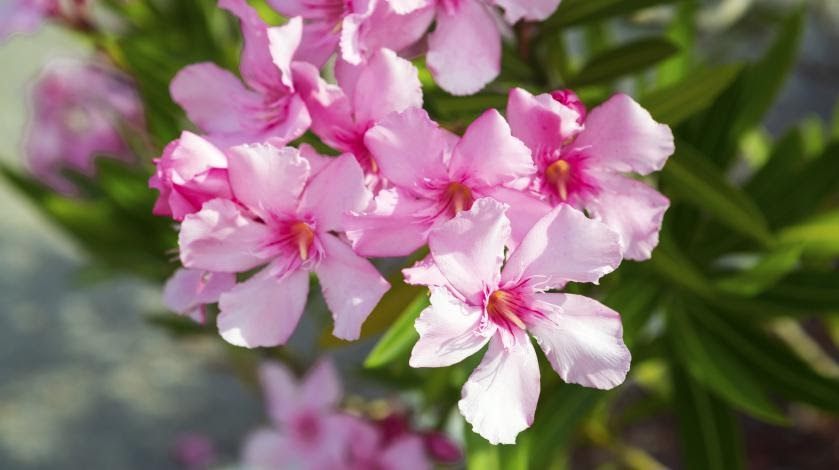
The plant produces fragrant flowers of varying colors of red, pink, white, yellow, light orange, and many more. The oleander flowers are clustered over its thick, narrow, and long leaves. It is so common in all the country’s states, and many fell victim to its attractiveness.
Oleander is considered one of the most poisonous plants globally as all of its parts contain toxins that can harm both humans and animals. When ingested, it can cause dizziness, vomiting, diarrhea, irregular heartbeats, and seizures. Poisoning can also happen when humans touch the sap of the plant with bare hands.
Poison Ivy
Poison ivy is common in the eastern portion of the United States. It is not that lethal compared to other poisonous plants, but it can cause severe skin irritation and allergy when humans come into contact. A poison ivy rash is already a prevalent disease because of the abundance of the plant.
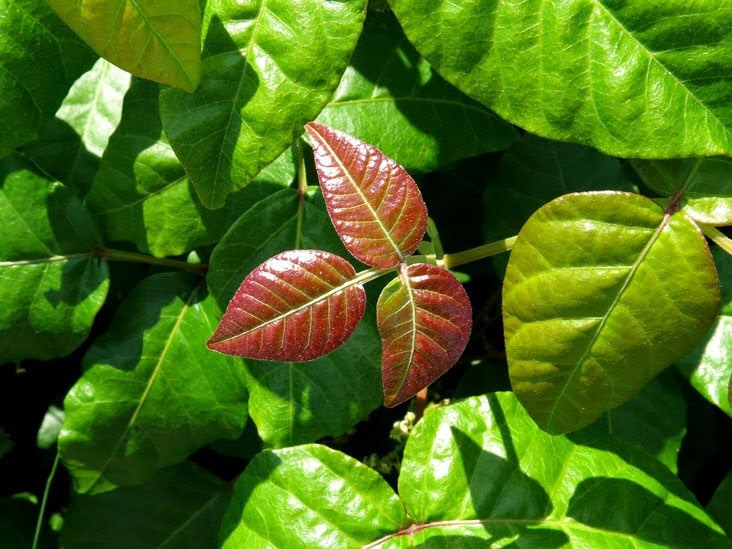
The rash caused by the poison ivy is due to the oil of the plant called urushiol. Even with the slightest contact to human skin, the oil can cause itchiness and blistering rash. The rash symptoms do not come immediately after contact; it usually appears after 24 to 72 hours.
The cases of poison ivy rash increase because of the burning of the plant since the oil is still present. Interestingly, poison ivy also changes the color of its leaves according to seasons as it has reddish in spring, green in summer, and yellow or orange during fall.
Poison Sumac
It may not be as deadly as other plants, but poison sumac can still cause adverse effects to humans. The most common threat it can pose to humans is an allergic reaction to the skin, as it can give an intensely itchy and burning sensation. The allergic reaction that it induces is way worse than poison ivy and poison oak.
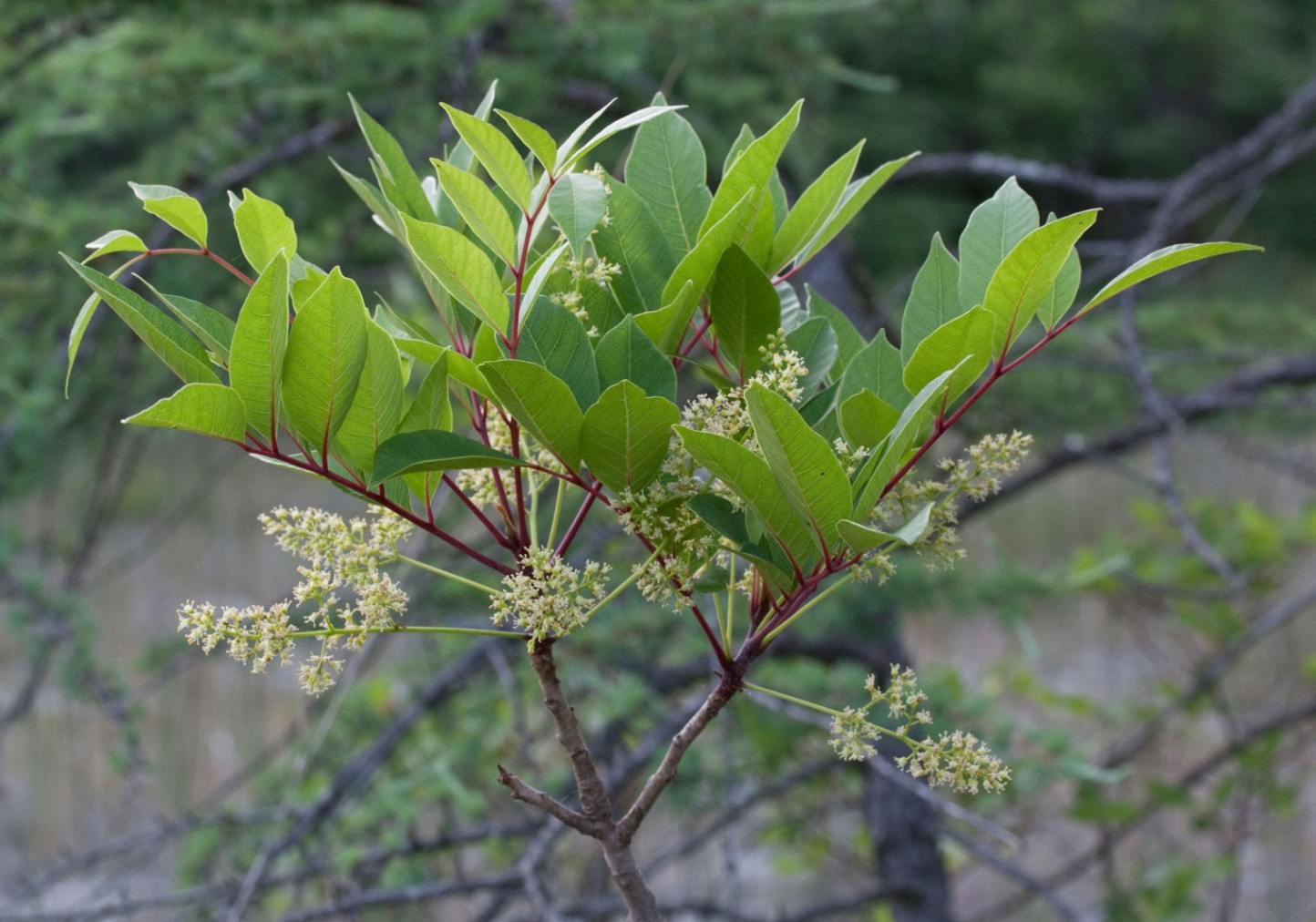
Poison sumac grows on wet areas, swamps, and even hardwood forests. This plan is just a tiny tree or a woody shrub but releases the oil that causes the allergic reaction. It has reddish stems with 7-13 paired elongated leaflets with a smooth and velvety texture and in v-shape.
When in the woods, poison sumac can be easily identified and spotted with its bright orange leaves in the spring that eventually becomes green and glossy. It also has yellow-green flowers clustered together. Poison sumac is common along the Mississippi River and other southeastern swamp areas.
Water Hemlock
This poisonous plant can grow up to eight feet tall with a delicate look brought by the little white flowers that bloom in an umbrella-shaped cluster. Water hemlock typically grows on wet, marshy, and swamp areas in the northern region of the United States.
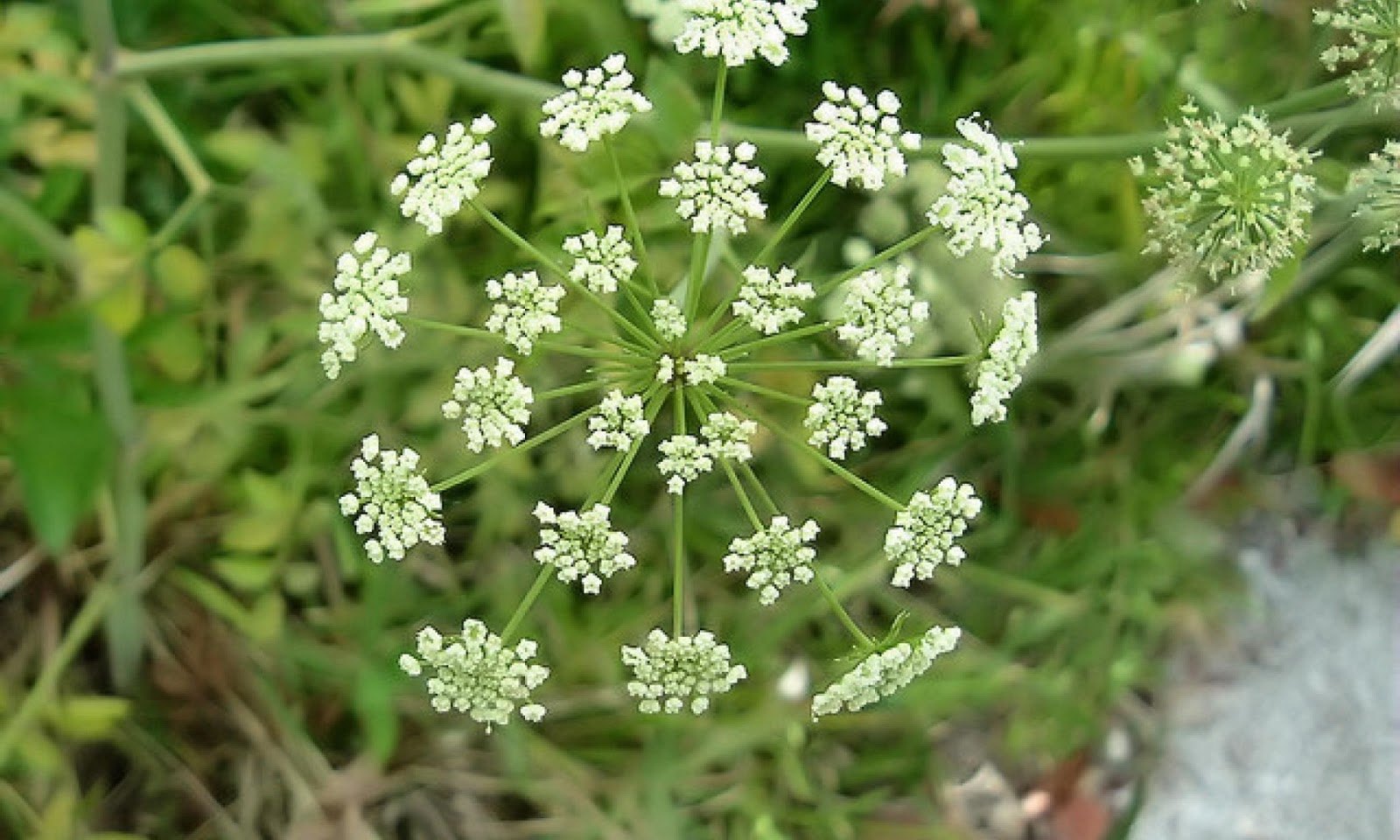
The beauty of the flowering plant may be ethereal, but the poison that it contains is astounding. It is known as the most poisonous plant in Northern America. The toxin that water hemlock contains targets the central nervous system when ingested.
When ingested, some effects of water hemlock are vomiting, unconsciousness, excruciating pains, convulsions, seizures, and many more. The mortality rate of ingesting water hemlock is relatively high. Even a small part of water hemlock being ingested can cause adverse effects to that human for a long time.
White Baneberry
Looks can be deceiving for this flowering plant. White baneberry has a relatively attractive appearance, but it is highly lethal to humans. This plant grows on clay, coarse or loamy upland soils of the hardwood and forest, making it abundant in the Midwestern and Eastern portions of the United States.
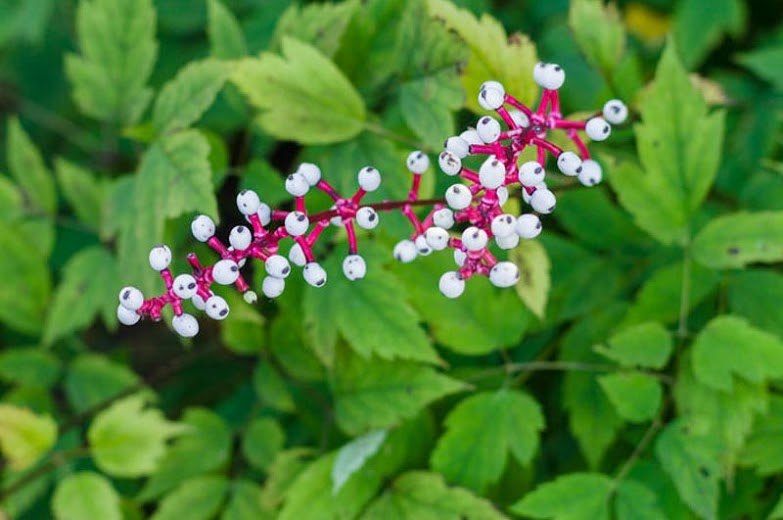
At first glance, the white baneberry looks delicious with its berry-like white fruits growing on its stems. The fruits are usually one centimeter in diameter and have a black stigma scar making it look like an eye, so other people call white baneberry “doll’s eyes.”
Since it is common in the wild, be careful with this plant when camping though it may look attractive. White baneberry has cardiogenic toxins that extremely affect the heart when ingested. The immediate sedative effect on the heart usually leads to cardiac arrest and death.
Conclusion
Camping gives thrills to humans because of the adventure it brings, but there are also threats to people because of other living things – the plants.
Some plants are poisonous because they contain toxins that have different effects on the human body and can lead to death in some worst cases.



